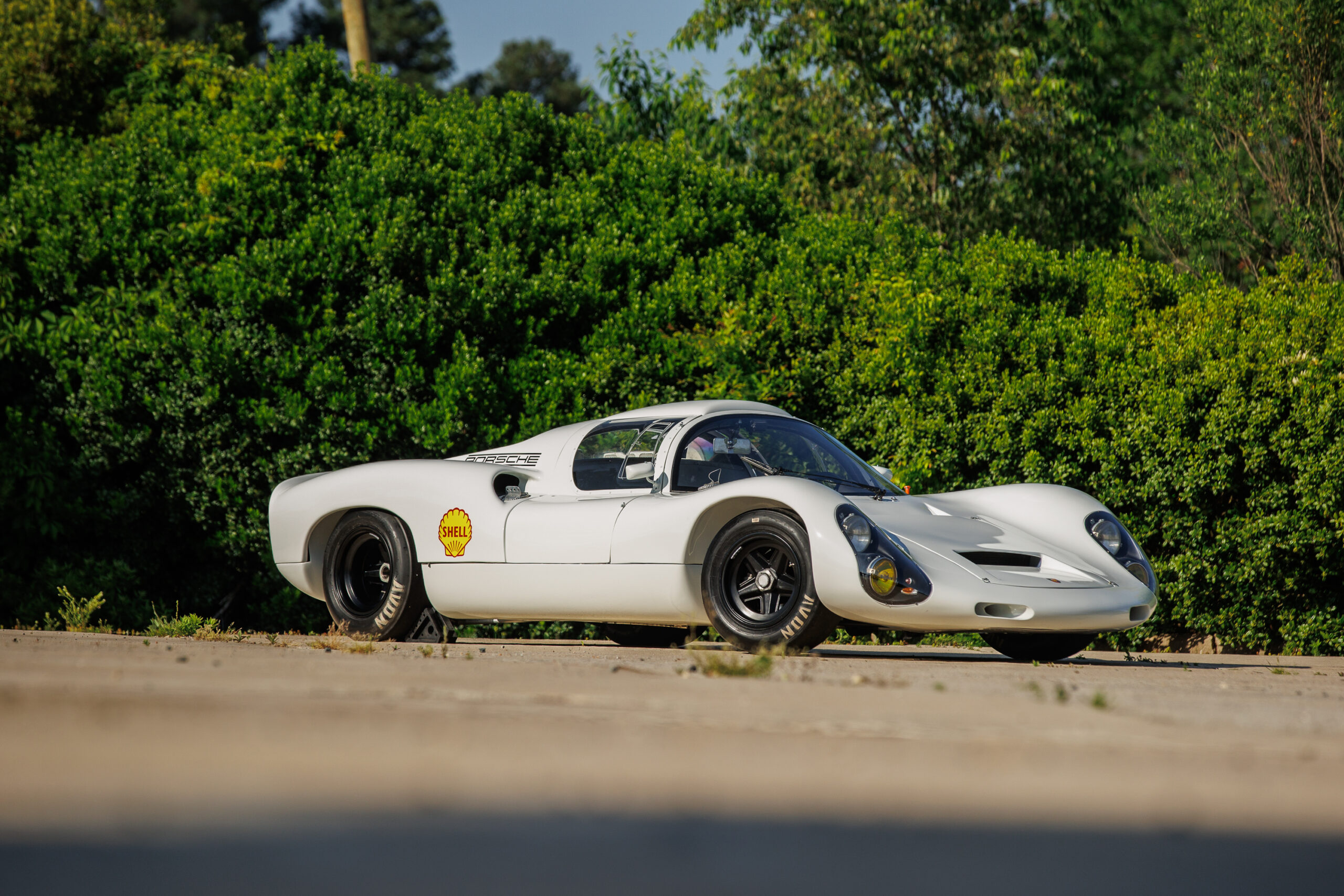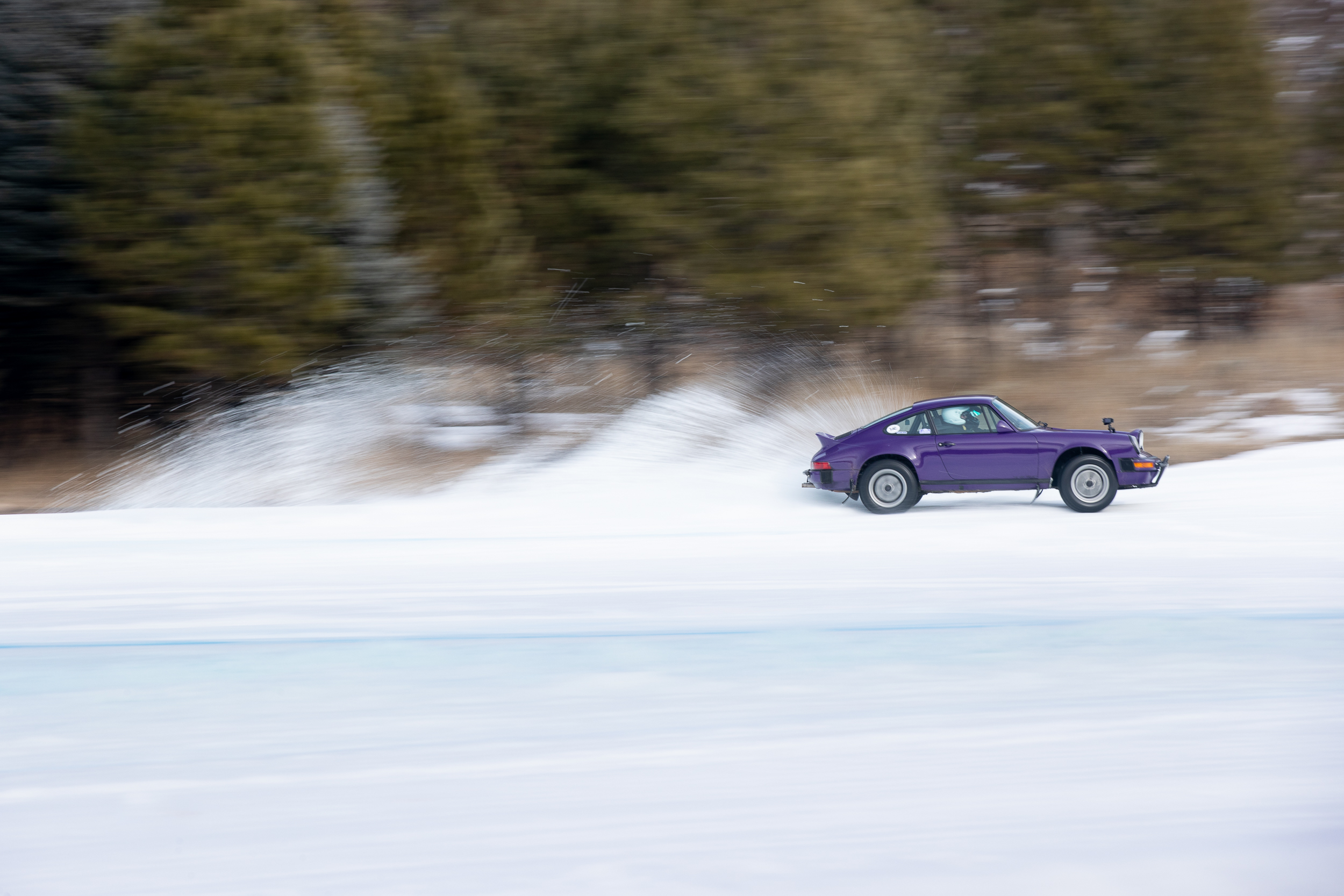Throughout the 1950s and the early 1960s, Porsche had proven themselves to be a dominant force in racing. With the 904, they had dominated the under-two-liter GT class. The 904 had sparked a massive change from the race cars that had preceded it, foregoing the typical sheet metal bodies for a box-section ladder frame with a fiberglass body affixed to it. It was lightweight, fast, and aesthetically stunning. There was room for further development, but a few factors led to an entirely new race car to be conceived.
Ferrari released the 206 Dino in 1965, a featherweight hillclimber that posed a serious threat to overthrow the 904’s reign on the class which it had been so successful in. At the same time, changes in GT regulations meant the elimination of the rules that had dictated the design of the 904’s box section frame. The bonding techniques that had been employed in the body and frame made allowed for tremendous variations in the rigidity in the chassis, which made the return to a tubular frame with an unstressed body more desirable. 1966 regulations reduced production requirements from 100 to just 50 units, a figure that Porsche’s marketing department felt could be achieved with purpose-built racing cars.
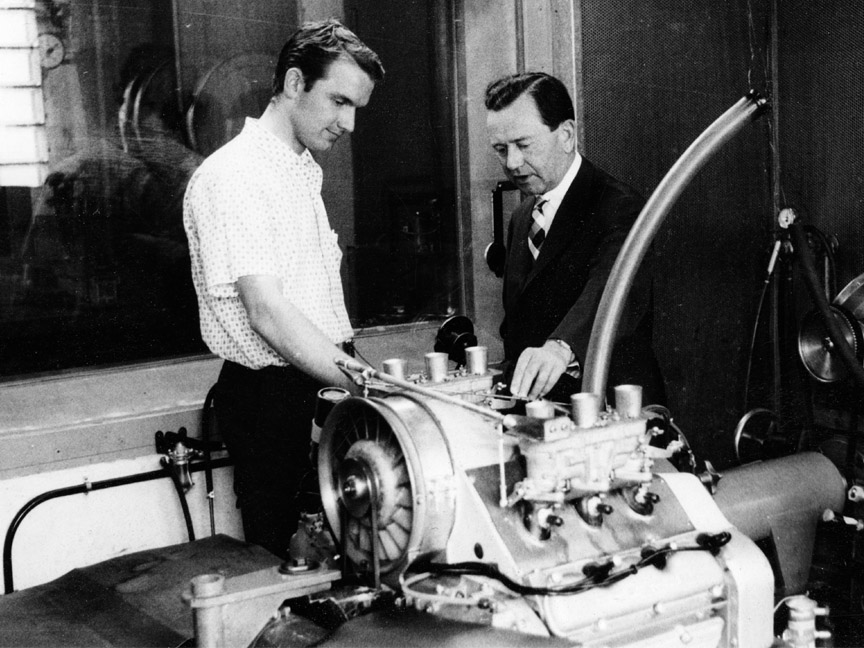
Most significantly, 28-year-old Ferdinand Piëch became the new head of Porsche Research and Development. His vision was to create an entirely new generation of race cars. The 906 Carrera 6 kept the basic layout of the 904, with the engine mounted ahead of the transaxle for optimal weight distribution, but this time mounted in a light and rigid tubular space frame. The body of the 906 was developed in the wind tunnel for optimal aerodynamic efficiency, resulting in a curvaceous shape with a 0.35 drag coefficient. Large ducts behind the gullwing-style doors fed cool air to the rear brakes and transaxle, while ducts at the nose directed air to the oil-cooler. It was a radical departure from the sculpted shape of the 904, but perhaps a visual representation of the beginning of Piëch’s revolution.
Since there were ample extras from the 904’s planned second production run, the independent suspension components received minor modifications and were incorporated in the 906. Piëch had originally wanted to use 13-inch diameter Formula One wheels to lower the new car’s profile, but Porsche could not afford to write off the expense of the large quantity of 15-inch wheels intended for the 904’s canceled second wave of production. The steeply arched front fenders were a result of having to run the larger diameter wheels.
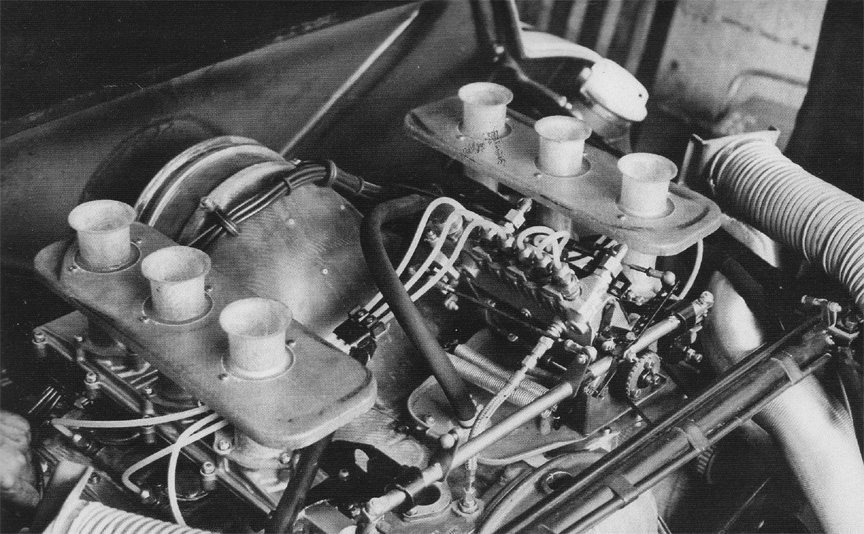
Beneath the yellow-tinted and louvered plexiglass rear window, a pair of Weber triple-throat carburetors peek through openings in the rear clamshell. The 1991-cc air-cooled flat-six was essentially the same as that found in the production 911, albeit optimally tuned for racing with a 10.3:1 compression ratio. The connecting rods were constructed from titanium and the crankshaft of forged steel, while in the crankcase sodium-filled exhaust valves were used in the cylinder heads. Horsepower was conservatively rated at 210 horsepower at 8,000 rpm and torque rated at 146 lb-ft at 6,000 rpm. The fully synchronized 5-speed transmission was also production-based, although available with a range of gear sets to suit the type of competition it was destined for. The 906 weighed in at a scant 1,275 pounds with oil and a dry fuel tank and could reach a top speed of approximately 170 mph.

The 906 debuted at the 1966 24 Hours of Daytona, where it finished in 6th place overall and won the Sports 2.0-liter class. It repeated the victory seven weeks later against the Dino at Sebring, and again at 1000-km races at Monza, Spa, and Nürburgring. A semi-privately entered 906 won overall at the 1966 Targa Florio, once again besting the Ferrari Dinos. At the 24 Hours of Le Mans, the 906s took positions 4-5-6-7, right behind the big-block V-8 powered Ford GT40 MKIIs.
Throughout the world, there continued to be numerous 906 victories over the years. Competition tends to take its toll on the cars and many are crashed, repaired, or altogether destroyed. Of the 65 906’s built only 40 exist today. Three of those known examples are presently at our shop in Durham, NC.

Chassis 906-110 was formerly a Porsche Werks car and was registered at the factory as “S-102”. It was finished in white with two distinctive red racing stripes. The stripes represented the colors of the Austrian flag and were ordered by Piëch. He called the strips “war paint”, referencing the war paint worn by native Americans during battle. It was raced by Jochen Rindt before being sold and delivered to Giacomo Moioli in Bolzano, Italy in 1966. Moioli wasted no time claiming victory after victory throughout Hillclimb races in Italy. He claimed the 1966 Italian Hillclimb 2.0-Liter Sport championship and continued to campaign 906-110 until 1968. It was sold to Francesco Troia in July of 1968, who raced it a handful of times in Italian Hillclimb competitions.
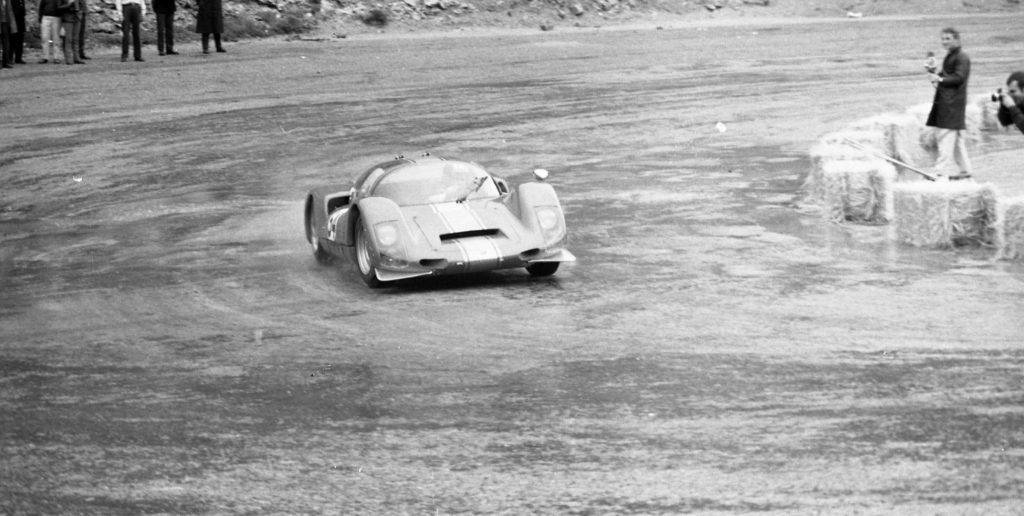
Chassis 906-115 was delivered to its first owner, also in Italy, Mr. Ermanno Spazzapan. Alongside 906-110, he competed in the major Italian Hillclimb events. He claimed an outright victory at Antignano-Monte Burrone, second overall at Vittorio Veneto-Consoglio, and claimed strong class results at the remaining eight races entered. It was raced under Antonio Zadra throughout the 1967 season, who competed at numerous Hillclimb races, rounds of the European Championship, and international circuit races. 906-115 changed hands a few times over the years, each time to collectors and enthusiasts who continued to care for the car and occasionally race them in historic racing events. It has competed at circuits including Donnington, Spa, Nürburgring, and Most. In 2001, it placed fourth in the historic Hillclimb St-Ursanne-Les-Rangiers with the son of Jo Siffert at the wheel. Today it’s a very well preserved example and its history is well documented.
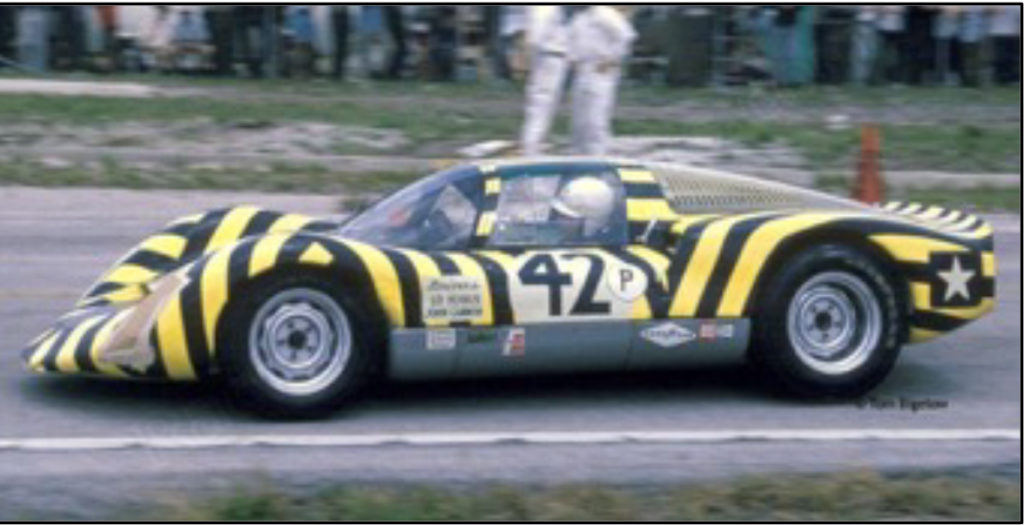
Chassis 906-158 was the second of four long-nose, short-tail fuel-injected 906Es. The 906Es had dozens of modifications from the first run of 906s, incorporating titanium suspension components, a longer nose with ducting for a larger oil cooler and improves cooling to the front brakes, and “fatter” front fenders akin to the 906 LH models that competed at Le Mans. Ed Hugus purchased 906-158 from the factory after it sustained some damage during competition at Daytona. Ed had the damage repaired and repainted the car in the black and yellow striped paint scheme which earned it the nickname of “El Tigre” while successfully racing throughout South America under Armando Capriles-its third owner. In “El Tigre”, he won the Bolivarian Championship in 1967 and returned to Sebring 12 Hours in 1969, taking 10th overall and 3rd in the 2-liter prototype class. It passed through a number of owners but managed to retain the correct engine, magnesium gearbox, titanium suspension components, and the majority of its bodywork. It was restored in 2002 and brought to Rennsport Reunion at Daytona in 2004.
In this episode of RS Insights, Cam shares the history of the 906 and presents all three examples that are currently in the Road Scholars workshop.

